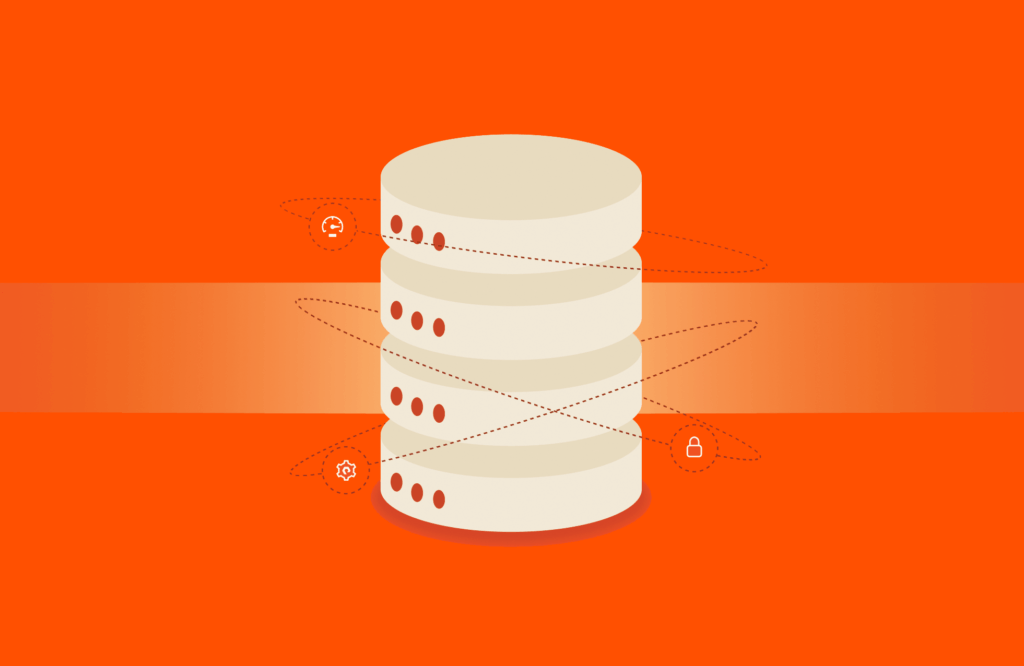Since the beginning of the 21st century, the fields of science, technology, engineering, and mathematics—or STEM—have been gathering steam and changing the world. The acronym, introduced by administrators at the U.S. National Science Foundation (NSF) in 2001, has become a driving force of awareness and support for a wide range of projects and educational opportunities.
Learning institutions, from elementary schools to universities, have developed curricula around STEM, in part to encourage students into the career path. And, we’ll need them: One study by Pew Research found that employment in STEM occupations has grown 79% since 1990. Even more compelling is the possibiility that a majority of the STEM jobs that will be needed in 10 or 20 years don’t even exist yet.
How do you even prepare for projects that can feel largely unknown? What tools and technologies will the engineers of the future need to tackle tomorrow’s challenges?
The STEM/Storage Connection: Innovation Can’t Wait for Tech to Keep Up
STEM and data have always gone hand in hand. But modern STEM projects are so data-driven, many rely on high-performance computing systems to make a dent in the data. These systems are capable of handling the intense workloads those projects generate, powering the data analytics applications, AI and machine learning, and image processing that are often key to STEM projects.
Those millions of data points need to be fast and available to turn them into groundbreaking insights in the lab, classroom, or factory. In fact, storage, as unassuming as it sometimes seems, has proven to be, time and again, the “secret sauce” behind major breakthroughs. It’s empowering STEM professionals to dream big, save lives, and make discoveries that shake the world’s long-held paradigms.
The problem is, traditional storage solutions simply can’t deliver the low latency and high performance these projects require. They can’t provide data to projects and applications fast and seamlessly enough, so researchers and technicians are slowed down as they wait for results to be processed.
When your project could lead to a cure for a fatal disease, the breakthrough needed to begin reversing climate change, or the next scientific discovery that upends our beliefs about our place in the universe, there’s no room for downtime.
Modern STEM will need a modern approach to storage—one that, in the spirit of STEM, blends science, innovation, and sustainability to change the world.
STEM Pioneers Making Breakthroughs with Pure Storage
Modern storage must be uncomplicated, easy to manage and access, and flexible enough to support an organization’s unique specifications. Let’s take a closer look at some real-life STEM-focused organizations that were able to overcome their storage challenges and realize STEM success.
DNA Sequencing and Genome Mapping
Ranked amongst the world’s top universities by QS, Nanyang Technological University (NTU) is a research-intensive public university in Singapore. Central to the university’s research, the High Performance Computing Centre (HPCC) is a large-scale computing facility that processes data for projects ranging from genome sequencing and weather analysis to supporting the university and its partners. The team required a storage architecture that can scale up to at least a million input/output operations per second (IOPs) linearly and easily, given that they can run up to eight different workloads at any point in time. This led to the deployment of FlashBlade® to fulfill a new scratch space requirement.
Researchers from NTU’s School of Biological Sciences were among the first to leverage FlashBlade. Their goal is to analyze the genomes of over 1,000 plant species. With over a trillion possible combinations, genome assembly is one of the most computationally intensive processes the HPCC supports.
“If we looked at one genome a week, it would take us 20 years to cover 1,000 species, so it was important for us to do things in parallel and moving to FlashBlade has enabled us to significantly speed up the process,” shared project lead, Assistant Professor Jarkko Salojarvi. With FlashBlade enabling them to run up to four jobs in parallel, the team has since crossed the project’s halfway mark, completing more than 550 assemblies in just 18 months, compared to less than 100 assemblies within the same time span if examined one by one.
Sequencing Genes of Superbugs to Boost Global Health
As antimicrobial resistance and new coronaviruses place modern medicine under siege, Andrew McArthur, Ph.D., a genomics professor and researcher at Canada’s McMaster University, is fighting back. He knows that somewhere in the millions of data points processed in his lab daily, there’s a new drug waiting to be discovered.
A new gene sequencing system could help him achieve his goals more quickly, but to realize that goal, he needed fast, reliable storage. McArthur turned to Pure Storage®, which provides the power the researchers need—not only to accelerate life-saving drug discovery but also to monitor global health threats such as COVID-19.
“We needed a modern-day infrastructure to underpin our efforts to combat the superbug crisis, which is increasing in both magnitude and severity,” says McArthur. “Pure provides large, rapid, and nimble data storage capacity that can scale as gene sequencing technology advances. It’s twice as fast at one-third of the cost.”
“There’s no point in playing with traditional storage because it’s just not fast enough,” says McArthur. “With Pure Storage FlashBlade, we can stay ahead of the curve as we fight global threats to human health.”
Fighting Disease with Data
Folding@home is a distributed computing project aimed at helping scientists develop new therapeutics for a variety of diseases by harnessing computing power from volunteers around the globe to simulate protein dynamics. Folding@home leverages the unused processing power of personal computers to create a high-speed, high-performance system on which to run its one-of-a-kind research platform.
Pure donated a FlashBlade system for use by Folding@home, which completely changed the project’s approach to storage. They had been faced with hundreds of thousands of redistributed workloads, all of which were sending small bits of data to a core or cloud to be processed and then to a high-performance solution for reassembly that was reaching its limit.
Greg Bowman, Folding@home’s Director, says, “We have three primary labs, each with two or three servers sending simulations to volunteers and collecting all the data; teams of scientists analyzing the data and deciding what to simulate; etc. We very quickly got into a situation where volunteers were turning on the software and nothing was happening because our servers couldn’t keep up. With FlashBlade installed, we’ll be able to keep pace with all the simulations and data moving around right now.”
With Pure’s unified fast file and object (UFFO) storage platform, Folding@home can separate capacity from compute and accelerate the ability to arm scientists with the bevy of resources needed in their quest to develop a vaccine.
Healthcare Providers of the Future
For 15 consecutive years, Hendricks Regional Health has been recognized by Healthgrades, a top physician review site, for providing outstanding patient experiences. Technology plays a key role in the system’s ability to achieve this. With more than 300,000 patients coming through the door annually, on-demand access to systems and applications is critical.
When lags of up to three seconds to go from one screen to the next began to frustrate clinicians, Todd Davis, Vice President of Information Systems and Chief Information Officer at Hendricks, realized it could also impact patient care. “When you multiply these daily delays by hundreds of patients, starting from the moment they walk through the front door, the seconds add up quickly,” he says.
Davis selected Pure Storage to provide immediate and long-term power and performance. Pure FlashArray//X boosts the operation of clinician-facing applications, eliminating lag times. A single view via Pure1® eliminates guessing games when issues do arise. When clinicians are almost unaware of the technology they’re using, they can focus on delivering great patient care. For Davis, that means a job well done.
Discover more stories of STEM success with Pure Storage and learn how Pure is helping support award-winning STEM leaders like Dr. DJ Kast.

Written By:
Make Breakthroughs
Power innovation and discovery at your organization with a unified fast file and object storage solution.






